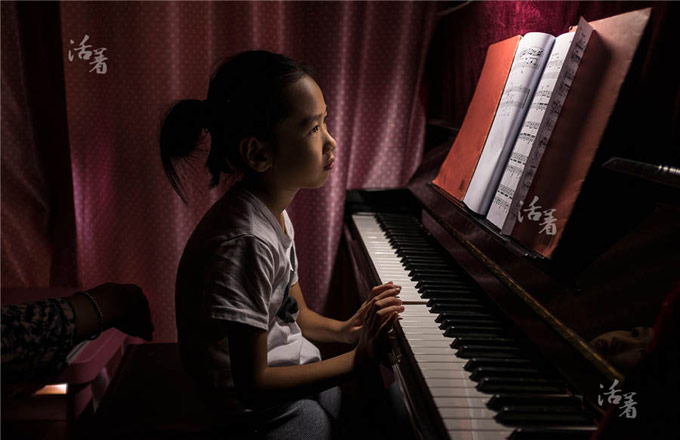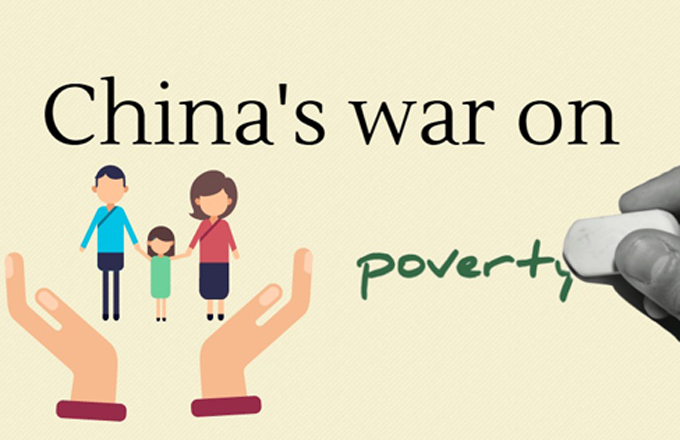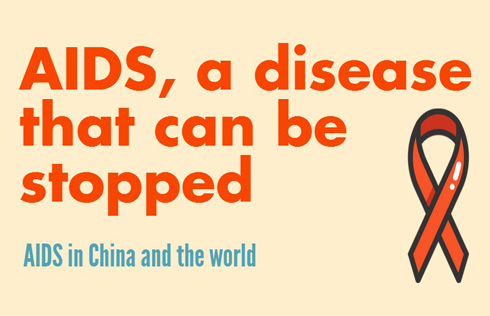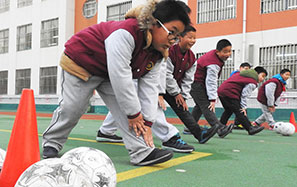Quantum theory needs your help
BIG Bell Test requires at least 30,000 random participants to complete a six-level video game
If you've ever wanted to challenge the theories of Albert Einstein, here's your chance.
You don't need a PhD in physics or have to understand complex mathematical formulas. All it takes is playing a six-level video game on the internet.
If only college were that simple.
The game requires you to type random sequences of ones and zeros, which are sent to 12 labs across the world that use the numbers in their quantum experiments.
To test a basic law of quantum physics, for example, the BIG Bell Test needs at least 30,000 participants.
"The most fascinating thing about the BIG Bell Test is that people and scientists play an equally important role in the success of the experiment. It is a unique opportunity for bringing frontier research in quantum physics closer to people," said Carlos Abellan, a PhD student at the Institute of Photonic Sciences in Barcelona, Spain, and initiator of the project.
In the early 20th century, Einstein and Danish physicist Niels Bohr had a series of public disputes about quantum entanglement-a quantum mechanical phenomenon in which the quantum states of two or more objects have to be described with reference to each other, even though the individual objects may be spatially separated.
In 1964, Irish theorist John Bell showed that the positions of Bohr and Einstein could lead to different predictions. He wrote down inequalities and designed experiments that could settle the argument.
Bell's experiments have been carried out repeatedly in the past half century, with results agreeing with Niels' position, but they could not be taken as rigorous proof of the validity of quantum theory due to inadequate generation of random numbers.
Computers, for example, can be used to generate random numbers. However, they need to use some type of process or program, meaning that ultimately, the numbers are not purely random.
"The BIG Bell Test trusts in the strength of people's free will. By playing the games, the general participants will be the ones who control parameters of the experimental device in each lab," said Zhang Qiang, a researcher from the University of Science and Technology of China, one of the 12 participant labs.
Yao Qiong, 30, from Hefei, Anhui province, said she would take part in the BIG Bell Test out of curiosity.
"Quantum science is too complicated to understand for ordinary people like me, but I think it is cool to have a chance to contribute to such a great experiment. I will feel proud when the experiment is written into science textbooks and technology history," Yao said.
"As for whether the result agrees with Niels or Einstein, that is the interest of scientists," she said.
Those who are interested can go to thebigbelltest.org or tbbt.ustc.edu.cn to contribute. The game takes about 10 minutes and is to run from 10 pm on Tuesday to 2:59 pm on Thursday Beijing time.
How to get involved
1 The test runs from 10 pm on Tuesday to 2:59 pm on Thursday, Beijing time;
2 You can play anywhere there is an internet connection-at home, on the bus, on the train, in the park;
3 To begin, go to thebigbelltest.org or tbbt.ustc.edu.cn;
4 Click on "Contribute";
5 Click on "BIG Bell Quest";
6 Register/Sign up. If you register, on Nov 30 you will be notified about which laboratory used your sequences for their experiment;
7 Fill in the "+ Profile" in your user profile zone in the upper-right corner;
8 Try to pass all six levels of the BIG Bell Quest. Contribute for at least 10 minutes. Difficulty increases with each level. To create groups, go into your user profile in the "Account" section. You may create up to three groups. Pass the name of the group you created to your friends and tell them to enter that name in their profile accounts so that they can participate in your group and compete against you and the rest of your friends.


















